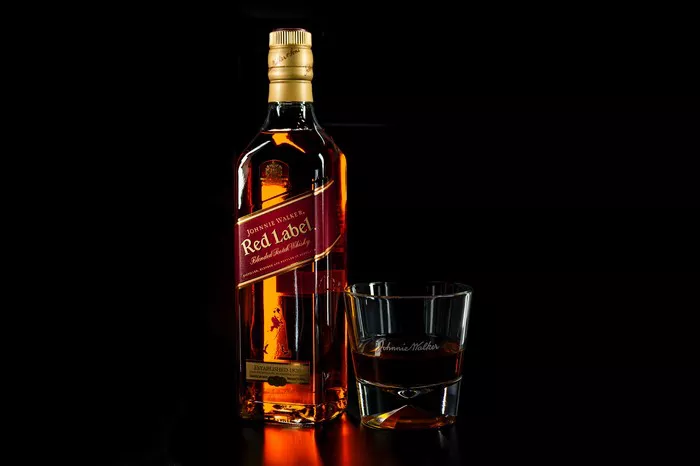Baron red wine is often regarded as a luxurious and esteemed choice among wine enthusiasts. The price of Baron red wine fluctuates significantly due to various factors, including the vintage, grape variety, winemaking process, region of production, and market demand. Determining how much Baron red wine costs involves a comprehensive examination of these elements.
Vintage Variation and Its Impact on Baron Red Wine Pricing
The vintage of a wine refers to the year in which the grapes were harvested. Vintage plays a crucial role in determining the quality and pricing of Baron red wine. Exceptional weather conditions during a specific year can result in an outstanding harvest, leading to higher quality grapes and subsequently, more expensive wine. Conversely, challenging weather conditions may affect grape quality, influencing the pricing of Baron red wine from that particular vintage.
Winemakers carefully monitor and select the finest grapes for their Baron red wine, especially during exceptional vintages. Wines from outstanding years often command higher prices due to their superior quality and aging potential. Therefore, when considering “how much is Baron red wine,” it’s essential to take into account the vintage year and its impact on pricing.
Grape Variety and Winemaking Process
Baron red wine can be crafted from various grape varieties, each contributing to its unique flavor profile and character. Cabernet Sauvignon, Merlot, Pinot Noir, and Shiraz are among the grape varietals commonly used in creating Baron red wine. The choice of grape variety and its percentage in the blend significantly influences the wine’s taste, aroma, and pricing.
Additionally, the winemaking process employed by producers affects the cost of Baron red wine. Factors such as fermentation techniques, oak aging, and the use of specific barrels contribute to the complexity and quality of the wine, subsequently impacting its price. Wines that undergo meticulous and time-consuming winemaking processes tend to be priced higher due to the resources and expertise involved.
Region of Production and Appellation
The region where Baron red wine is produced plays a pivotal role in determining its price. Certain wine-producing regions are renowned for their exceptional terroir, a combination of soil, climate, and geography that contributes to the unique characteristics of the wine. Wines originating from prestigious appellations or renowned wine regions often command premium prices.
For example, Baron red wines from Bordeaux, known for its illustrious châteaux and esteemed winemaking heritage, can have varying price ranges based on the specific appellation within the region. Wines from classified growths or prestigious estates within Bordeaux are highly sought after, leading to higher prices in the market.
Market Demand and Rarity
Market demand and rarity significantly influence the pricing of Baron red wine. Wines that are highly sought after or produced in limited quantities may have inflated prices due to their scarcity. Prestigious wineries with a limited annual production often experience heightened demand, resulting in increased prices driven by market forces.
Furthermore, the reputation and critical acclaim of a particular Baron red wine can drive up its price. Wines that have received high ratings from wine critics or have gained a cult following among collectors tend to have higher demand, thereby impacting their pricing.
Retail Pricing and Value
When consumers inquire about the price of Baron red wine, they encounter varying prices across different retailers and distribution channels. Retail pricing is influenced by factors such as production costs, import/export duties, wholesaler markups, taxes, and retailer margins. Additionally, the reputation and exclusivity of the retailer may also affect the wine’s price.
It’s crucial for consumers to assess the value proposition of Baron red wine in relation to its price. Some wines may be priced higher due to their brand recognition or marketing efforts rather than intrinsic quality. Exploring reviews, seeking recommendations, and understanding the wine’s characteristics can aid in determining whether the price aligns with the wine’s value.
Investment Potential of Baron Red Wine
Baron red wine, especially from renowned estates and exceptional vintages, has gained attention as a potential investment. Investors and collectors often purchase wine not only for consumption but also as a means of investment diversification. Rare and highly-rated Baron red wines can appreciate in value over time, making them sought after in the secondary market.
Factors such as provenance, storage conditions, and the wine’s track record of appreciation influence its investment potential. Nonetheless, investing in wine carries risks and requires careful consideration, as the market for fine wines can fluctuate based on various economic and consumer-related factors.
Conclusion
In conclusion, the pricing of Baron red wine is influenced by a multitude of factors, including vintage variations, grape variety, winemaking processes, region of production, market demand, and rarity. When contemplating the question, “how much is Baron red wine,” consumers should consider these elements to better understand the pricing dynamics behind this esteemed beverage. Whether for immediate consumption, collection, or investment purposes, Baron red wine offers a diverse range of options at varying price points, catering to the preferences of wine enthusiasts worldwide.


